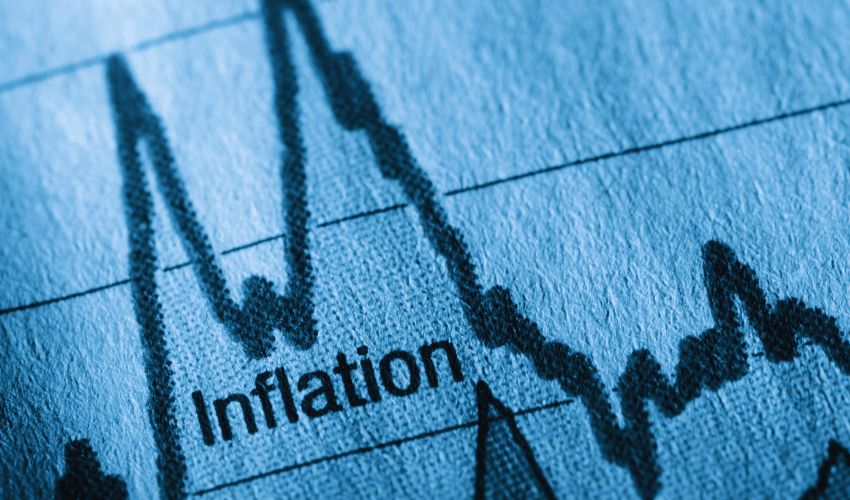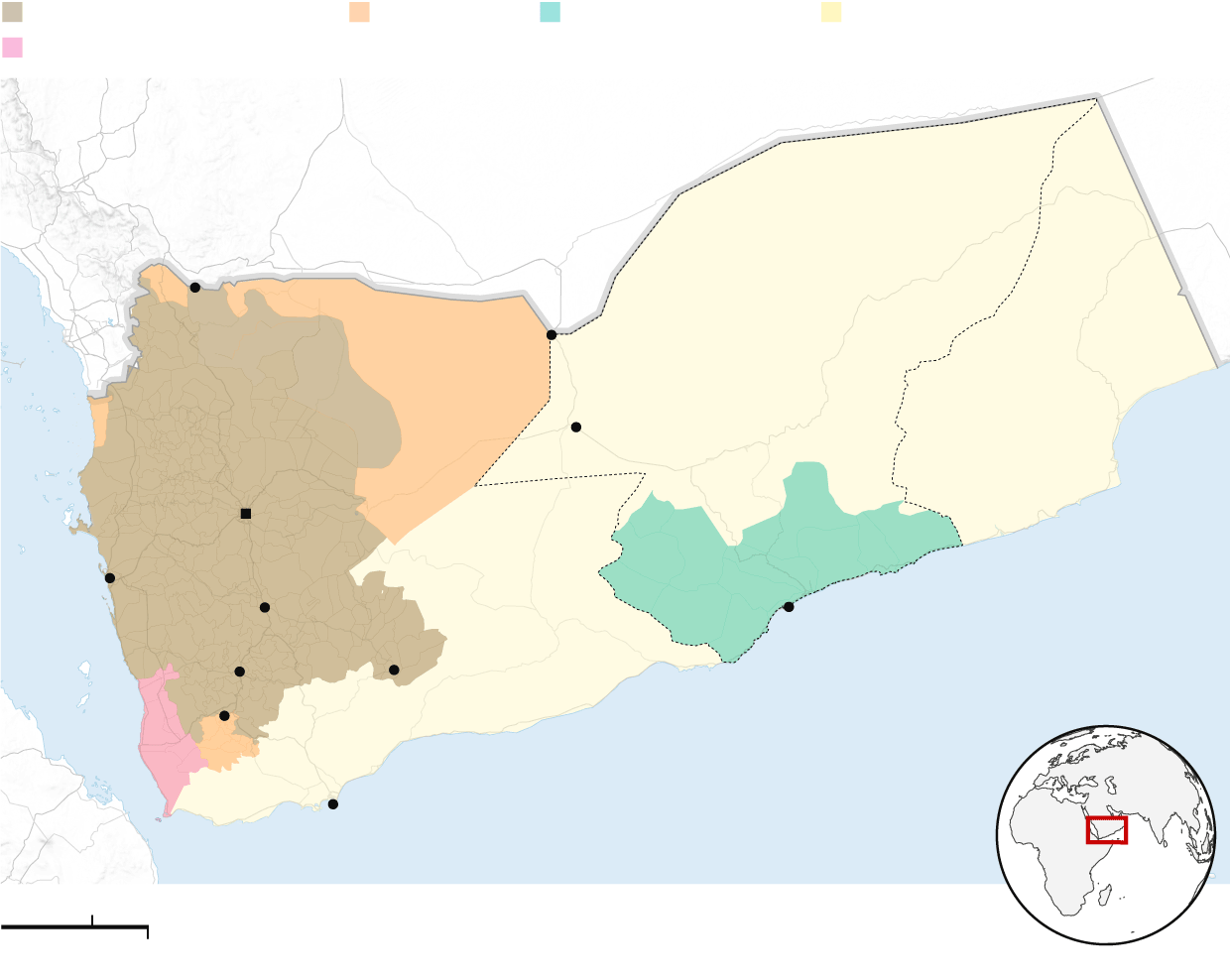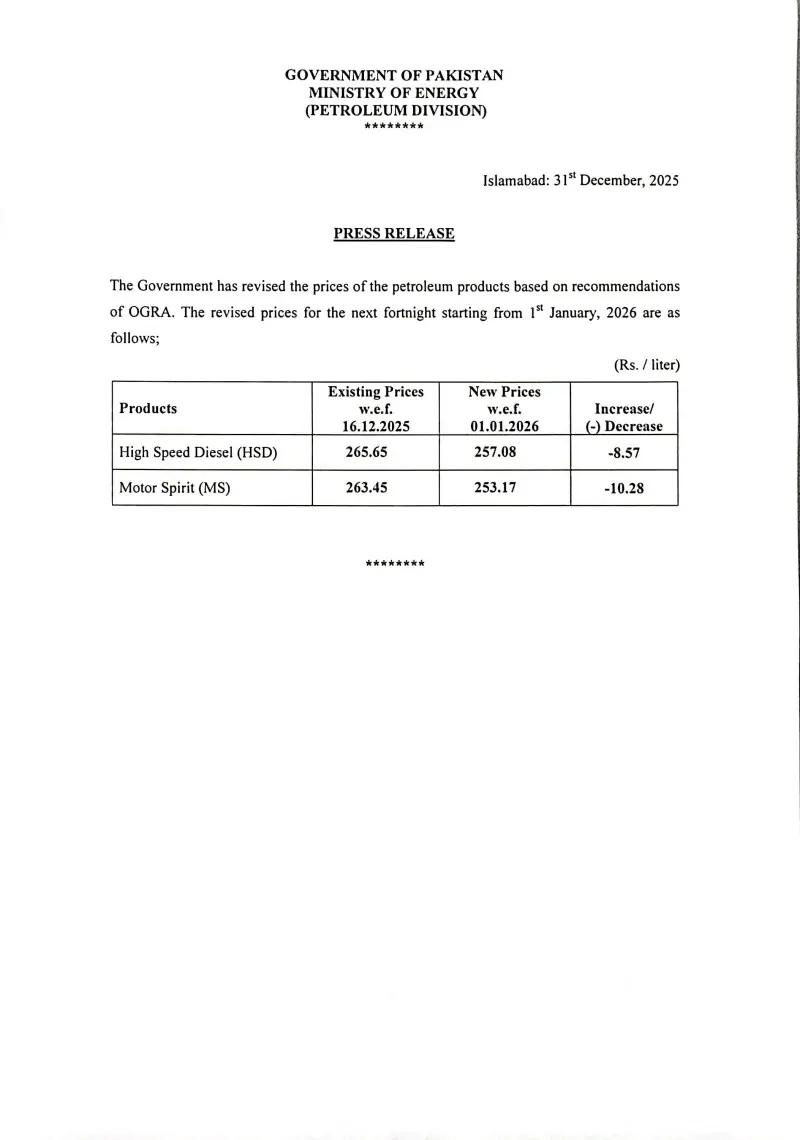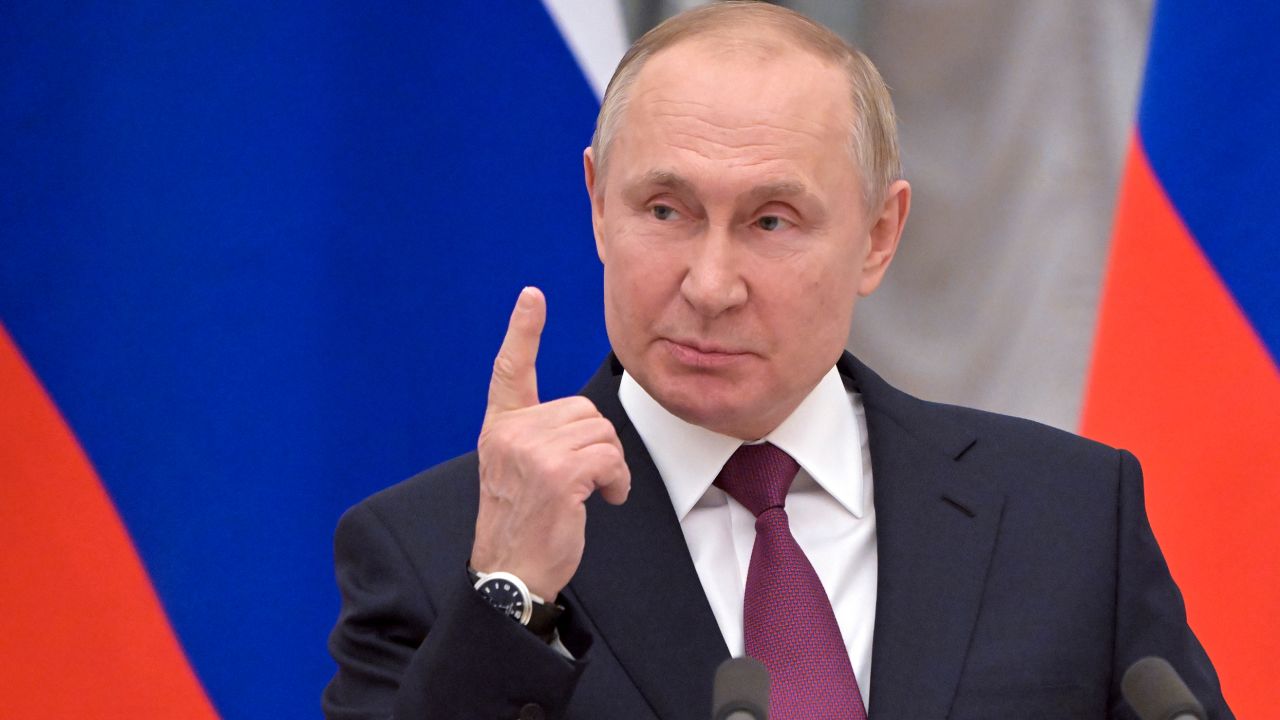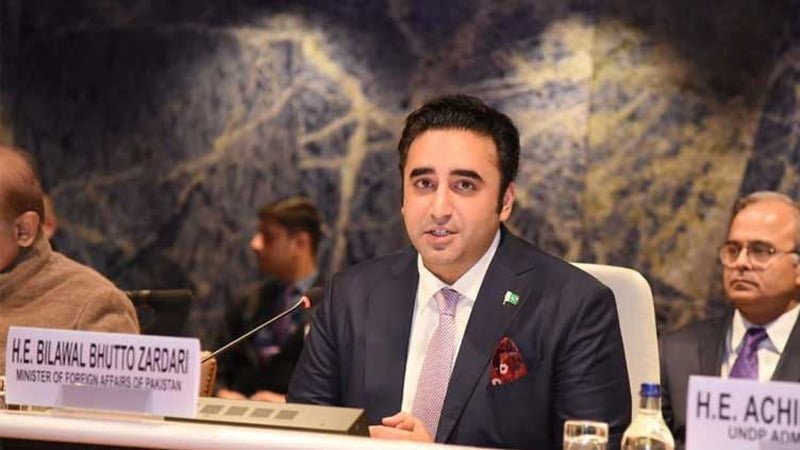Zafar Iqbal
Pakistan’s inflation journey over the past two years has been nothing short of dramatic. In May 2023, inflation soared to an unprecedented 38%, the highest on record since 1964. Fast forward to April 2025, and inflation plummeted to a historic low of just 0.3%. While this sharp decline might seem like a welcome relief for households battered by years of high living costs, the story beneath the surface is far more complex—and troubling. Experts warn that the current low inflation isn’t purely good news. Instead, it reveals deep-seated issues within Pakistan’s economy that require urgent attention and careful handling by policymakers.
One of the main drivers of this sharp drop in inflation has been the dramatic fall in wheat prices. Wheat, a staple food and a backbone of the rural economy, has seen its price tumble by nearly 50% from its peak. This drop has brought immediate relief to consumers, who have seen their grocery bills shrink. According to recent data, food prices overall fell by 2.1% month-on-month in April, and by 4.8% year-on-year. Perishable items such as onions, tomatoes, and wheat have seen particularly sharp price declines—onions are down 75%, tomatoes 58.2%, and wheat 36% compared to the same period last year.
However, this price crash has had a devastating impact on Pakistan’s farmers. Agriculture remains the main livelihood for millions of people in the country, and when crop prices collapse, rural incomes fall sharply. This means farmers have less money to spend, which in turn drags down demand across other sectors of the economy, including manufacturing and services. Ironically, the same government officials who previously celebrated falling food prices are now quietly exploring ways to push wheat prices back up, recognizing the serious risk to the rural economy.
The collapse in wheat prices also raises serious food security concerns. Low prices might seem like a win for consumers in the short term, but if farmers decide that growing wheat is no longer profitable, they may plant less in the next cycle. This could result in a supply crunch and trigger a fresh wave of inflation down the line. Additionally, while many food items have become cheaper, others have seen price increases. Items such as moong pulses have risen by 29.8% over the past 12 months, butter by 24.5%, honey by 21.7%, and milk powder by 19.2%, showing that food inflation is still a mixed bag for consumers.
It’s not just food prices that have fallen—energy costs have also dropped significantly. This has largely been driven by global factors such as weaker commodity markets and increased oil production by non-OPEC+ countries. Moreover, the global trade outlook has softened due to U.S. tariff hikes, which has further dampened demand. Locally, this has translated into relief for Pakistani households. The housing and utilities index fell by 2.6% compared to March 2025 and by 0.5% year-on-year. The most notable change was in electricity prices, which fell by 15.2% month-on-month in April and by a massive 26.7% year-on-year. Motor fuel prices also dropped by 10.7% year-on-year.
Please subscribe to the YouTube channel of republicpolicy.com for quality content:
https://www.youtube.com/watch?v=_jco4qYThdM
But while headline inflation has dropped, core inflation tells a different story. Core inflation, which excludes food and energy prices, remains stubbornly high. In April 2025, it stood at 8% overall, with 7.4% in urban areas and 9% in rural areas. On a month-to-month basis, core inflation rose by 1.2%, partially cancelling out the relief from falling food and energy prices. This stickiness points to deeper wage pressures and structural issues within the economy that haven’t been addressed.
Education and healthcare are two sectors where costs continue to climb. Education inflation rose by 3.7% month-on-month in April and by 10.9% year-on-year. Healthcare costs increased by 0.6% month-on-month and by a hefty 14.2% year-on-year. These increases are significant because they hit household budgets hard, especially for lower- and middle-income families. Despite relief in some areas, the rising costs of these essential services mean that many families still feel financial strain.
Looking ahead, many analysts believe that inflation has likely bottomed out. While forecasts suggest inflation will remain below 5% over the next 12 months, there is a risk that these projections are too optimistic. Wheat prices are unlikely to stay depressed forever, and when they rise again, other commodities may follow. Additionally, the government is expected to raise the minimum wage in the upcoming budget, which will likely add to inflationary pressures. Other factors, such as potential increases in utility tariffs or global economic shocks, could also reignite inflation.
The path forward for the Monetary Policy Committee (MPC) is fraught with challenges. While the current low inflation might tempt policymakers to slash interest rates to stimulate growth, doing so too aggressively could backfire if inflation begins to rise again. The MPC must strike a delicate balance, ensuring that its monetary policy remains flexible enough to respond to shifting economic realities without undermining stability.
In conclusion, Pakistan’s recent period of ultra-low inflation is not the unqualified success it might appear to be at first glance. The sharp decline in prices, especially for wheat and energy, has brought short-term relief to consumers but has also exposed deep vulnerabilities in the economy. For farmers and rural communities, the collapse in crop prices has been a serious blow, and the knock-on effects are slowing recovery across other sectors. With core inflation still high and structural pressures building, the risk of a future inflation spike remains very real. Policymakers must stay vigilant, ensuring that any decisions made now do not compromise long-term economic health. Pakistan is not out of the woods yet—and the next moves will be critical in determining whether the country can achieve stable, balanced growth.



